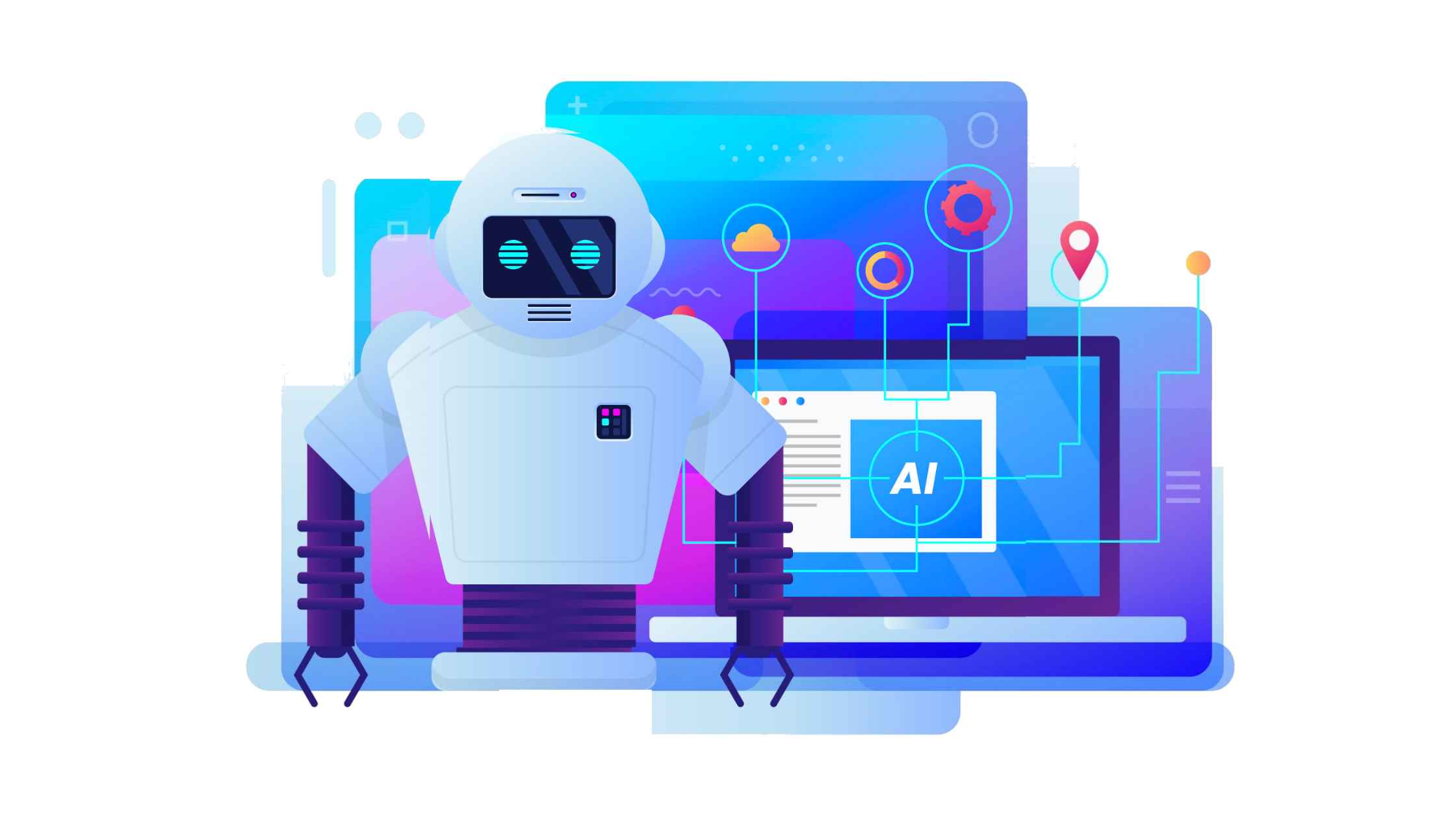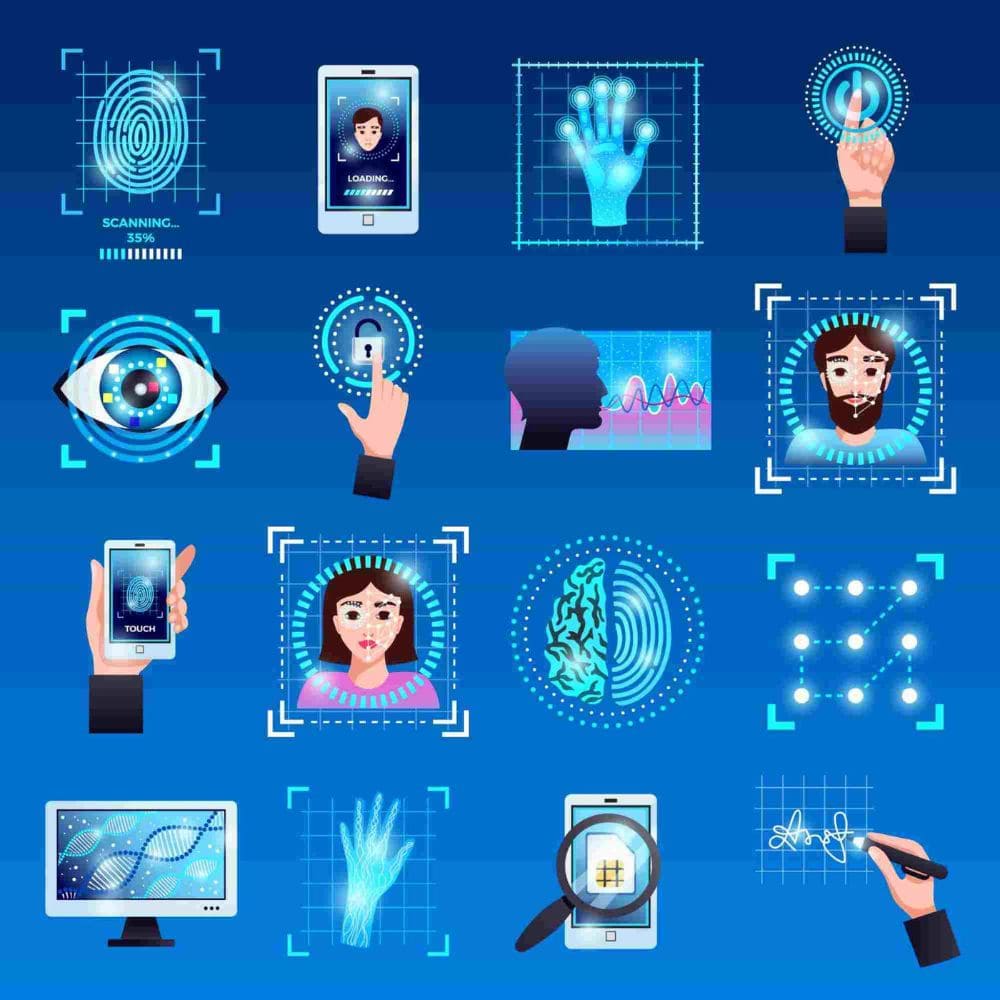Adapting To The Sweeping Changes Brought by AI – A Software Developer Perspective
Srikanth Renganathan (VP - Techpearl)

Adapting to AI and related tools is key for software developers because these changes have the potential to revolutionize software development and create new opportunities for innovation. Developers who embrace these changes can work more efficiently, create more accurate and innovative software, gain a competitive advantage, and future-proof their careers.
A recent report from Goldman Sachs estimates around 300 million jobs could be affected by generative AI, meaning 18% of work globally could be automated—with more advanced economies heavily impacted than emerging markets. With AI becoming more prevalent in various industries, including software development, developers who do not adapt may be left behind as AI-powered tools become more widely adopted. Therefore, it is important for developers to stay current with the latest developments in AI and related tools and to learn how to leverage these technologies to build better software.
There are several examples of how software developers have adapted to AI change, such as natural language processing (NLP), image recognition, predictive analytics, machine learning, and automated testing.
In this blog, I am sharing three specific areas where developers can focus and leverage AI in a fast changing world and adapt themselves better.

- Prompt Engineering
- Using NLP tools to build chatbots and virtual assistants
- Applying AI-based tools in image recognition
1. Prompt Engineering
One area where developers can focus their efforts is prompt engineering. Prompt engineering involves creating specific prompts or cues to guide the generation of text by language models, a technique used in natural language processing (NLP). It has gained popularity in recent years due to its effectiveness in fine-tuning pre-trained models to generate more accurate and relevant responses. The role of a prompt engineer is to create effective prompts or cues that guide the language model’s generation of text. This involves selecting relevant keywords and phrases that trigger the desired response from the model. The prompt engineer works closely with developers and data scientists to identify the specific requirements of the project and to create a set of prompts that reflect those requirements.
Developers can use prompt engineering in a variety of applications, such as chatbots and virtual assistants, content creation, and machine translation. By creating specific prompts, developers can train language models to respond to a wide range of customer queries and requests. They can also use it to generate high-quality content for a variety of purposes, such as product descriptions, social media posts, and blog articles. In addition, prompt engineering has been used to improve the accuracy of machine translation systems. Prompt engineering is one of the areas where a software engineer can upskill himself to stay relevant.
2. Using NLP tools to build chatbots and virtual assistants

Developers can use natural language processing (NLP) tools to build chatbots and virtual assistants that can understand and respond to human language. Here are some steps to get started:
- Choose an NLP platform: There are many NLP platforms available, such as Dialogflow, Wit.ai, and IBM Watson. Developers can choose a platform based on their specific needs and requirements.
- Define the conversation flow: Developers should define the conversation flow of the chatbot or virtual assistant. This involves identifying the questions and prompts that the chatbot will use to interact with users.
- Train the chatbot: Once the conversation flow has been defined, the chatbot needs to be trained to understand and respond to user input. Developers can use sample conversations and data to train the chatbot.
- Test and refine the chatbot: After the chatbot has been trained, it needs to be tested to ensure that it is working correctly. Developers can refine the chatbot based on user feedback and analytics.
- Integrate the chatbot: Finally, the chatbot needs to be integrated into the application or website. This involves setting up the necessary APIs and configuring the chatbot to work with the rest of the system.
3. Applying AI-based tools in image recognition:

Upskilling oneself in AI-based image recognition tools can help developers build custom specific applications. Listing below some of the areas where developers can bring their unique value into play by learning and applying frameworks, libraries and tools.
TensorFlow is a popular open-source machine learning library that developers can learn to develop object recognition models using pre-trained models like the Object Detection API. Developers can also explore Amazon Rekognition, a cloud-based image recognition service that can be used for facial recognition in applications such as surveillance, marketing, and authentication.
For medical imaging, developers can learn Enlitic, a medical imaging company that uses AI-based image recognition tools to help physicians diagnose and treat patients. Additionally, developers can explore augmented reality platforms like Vuforia, which use image recognition technology to enable AR applications.
Finally, developers can learn ROS (Robot Operating System), an open-source framework for building robotics applications that includes various tools for image recognition, such as the OpenCV library, which can be used for object detection and tracking.
There are several other areas which can be explored by developers for upskilling themselves. But now is the time to dive in and act to avoid being swept away by the currents of AI.
Summary
Software developers need to upskill themselves in areas such as prompt engineering, natural language processing, image recognition, predictive analytics, machine learning, and automated testing to stay relevant in the fast-changing world of AI and related tools. Upskilling oneself in the Prompt engineering domain is a huge value add. Developers can use prompt engineering in various applications such as chatbots, virtual assistants, content creation, and machine translation. This blog also provided insight on how to build chatbots using NLP platforms and recommends AI-based image recognition tools for developers to use in building custom applications.
By embracing rather than resisting AI technologies, developers can build more intelligent, efficient, and effective applications that can help solve complex problems for businesses and individuals.


